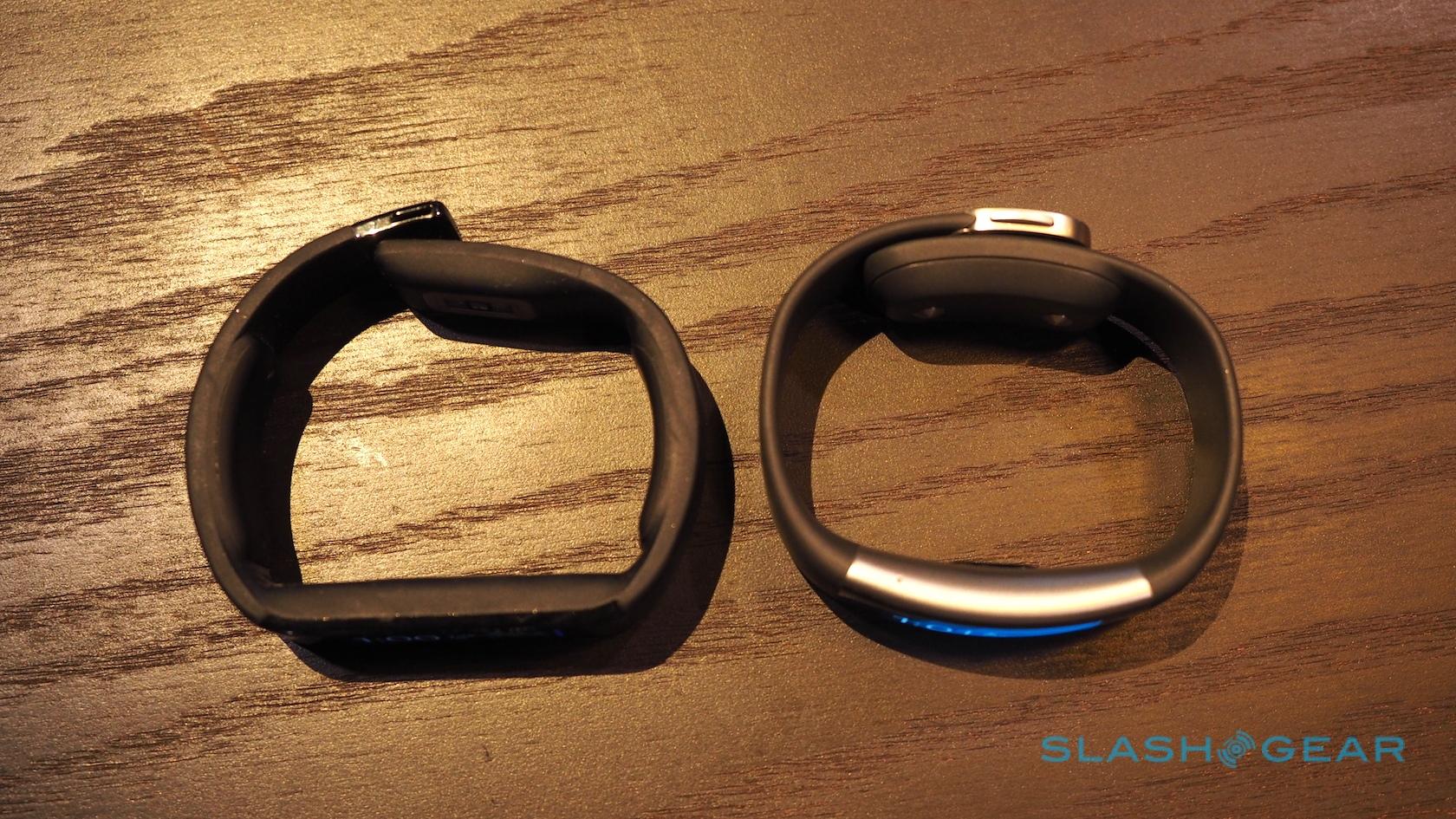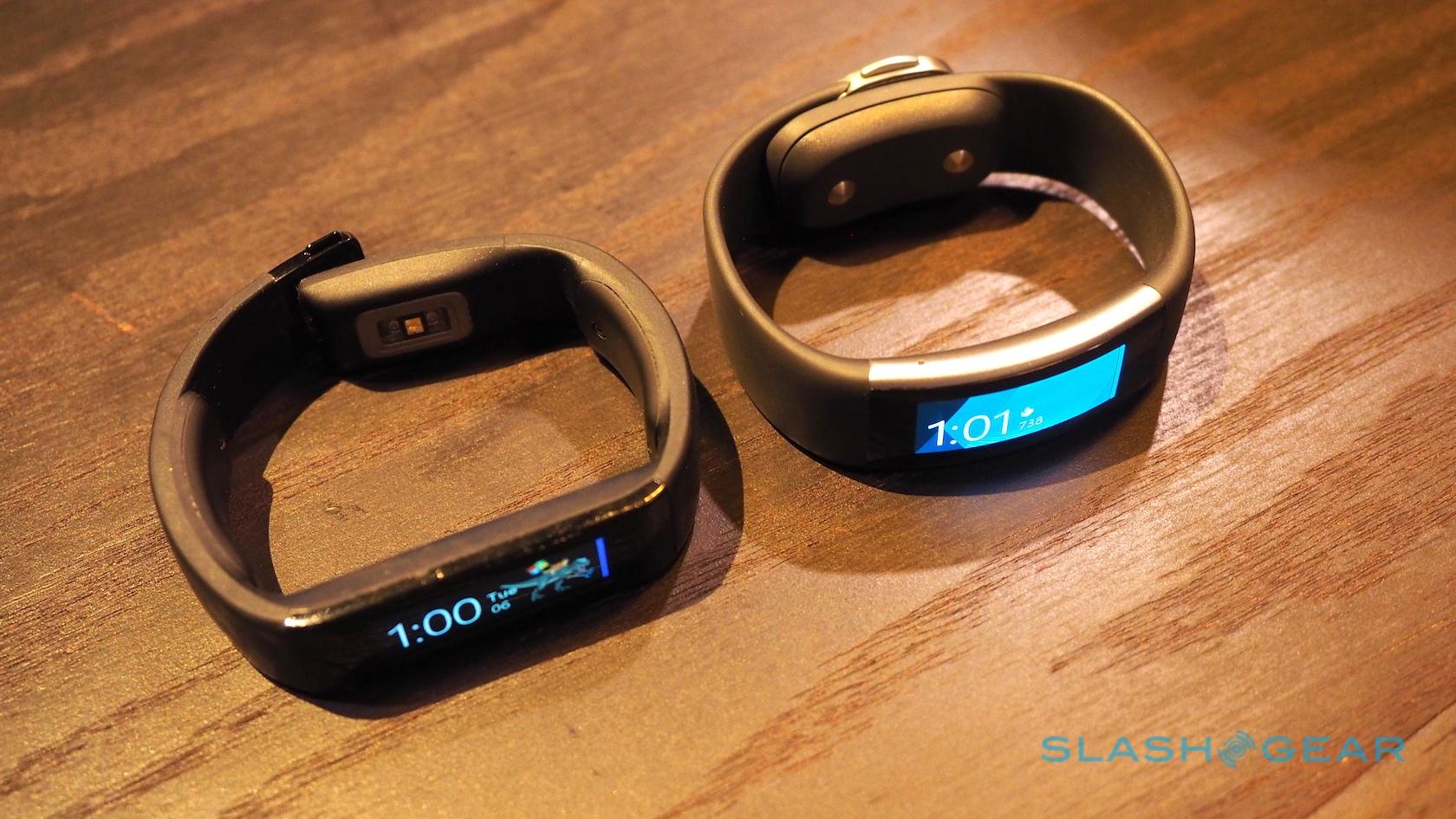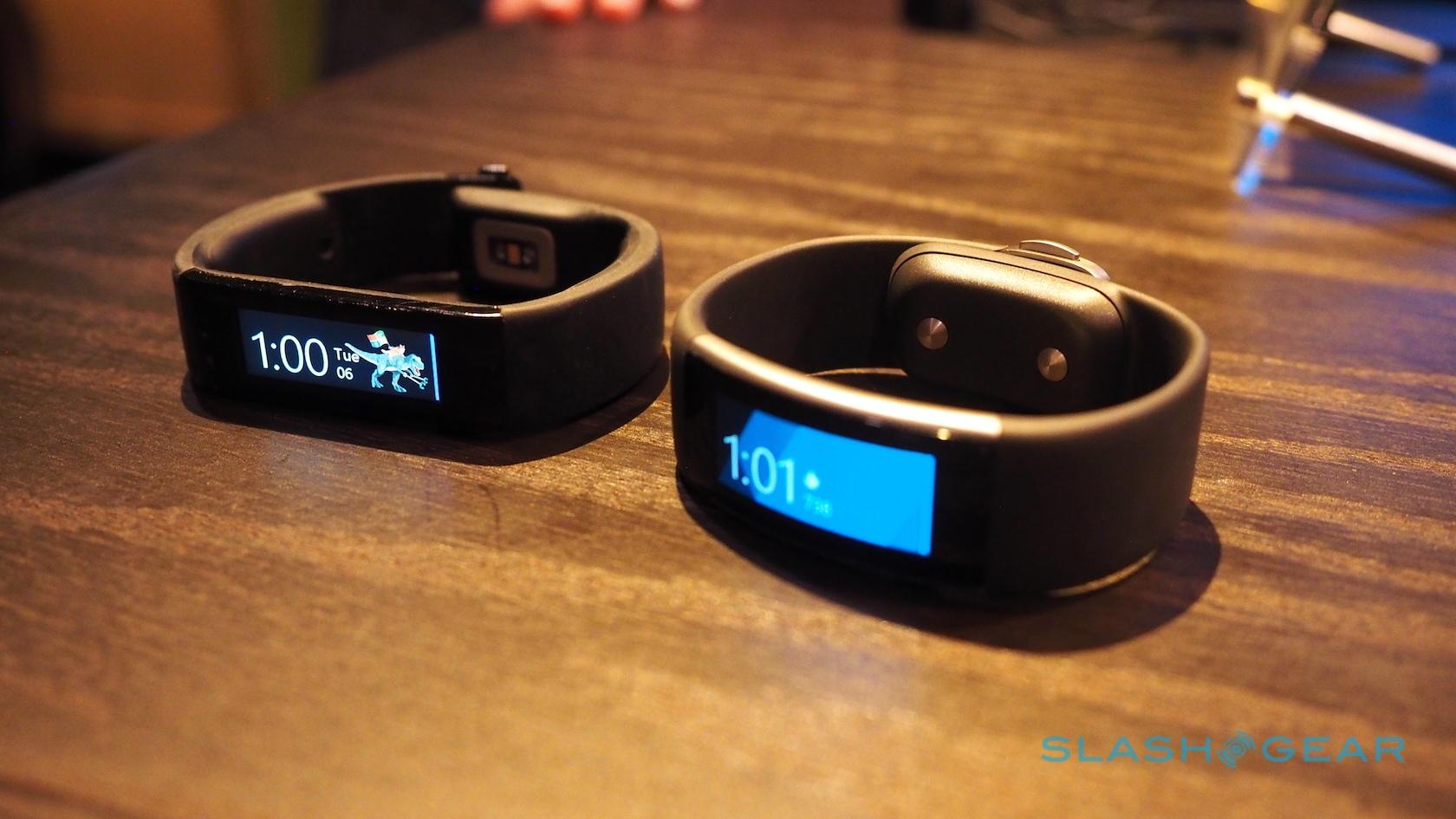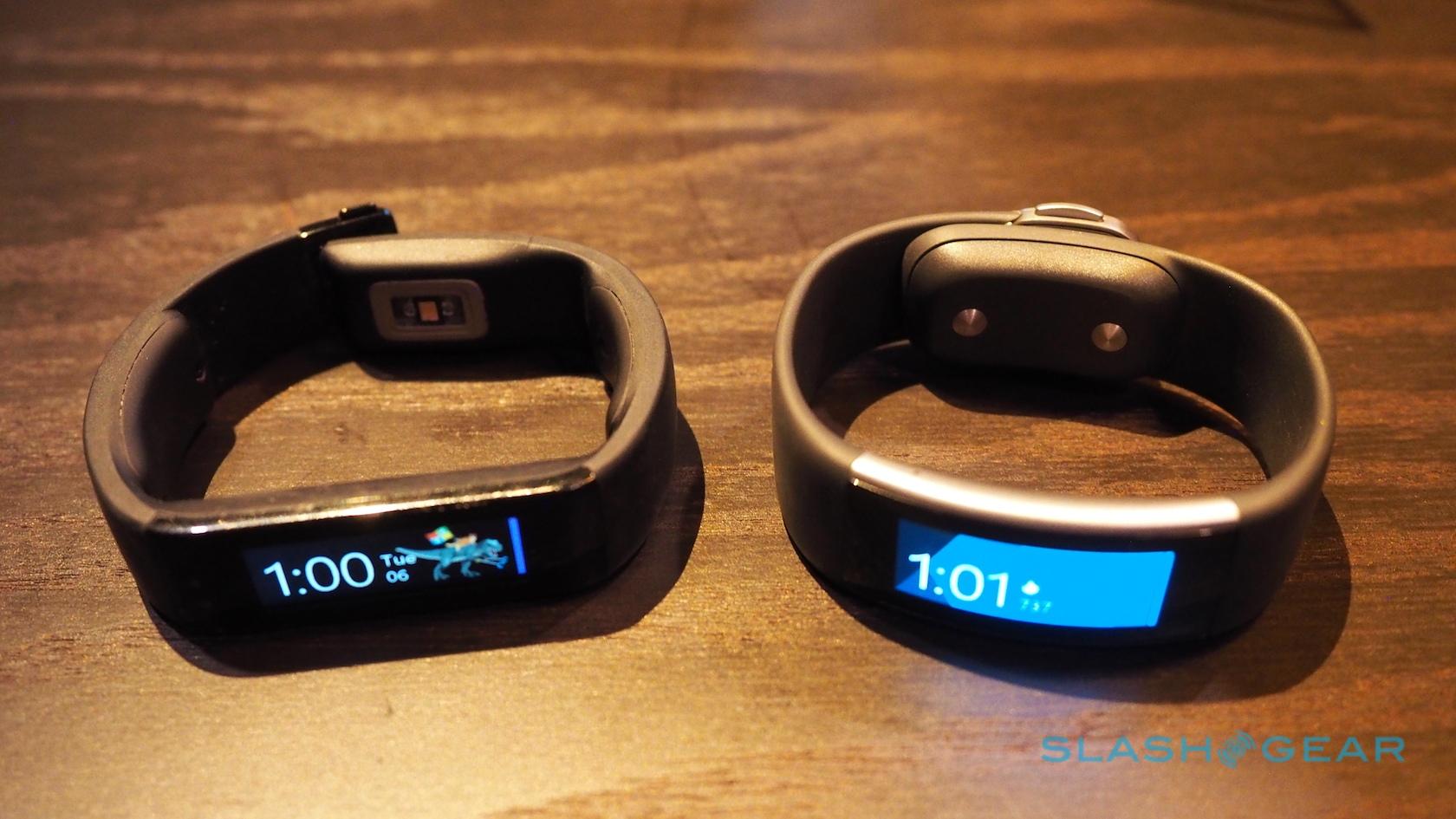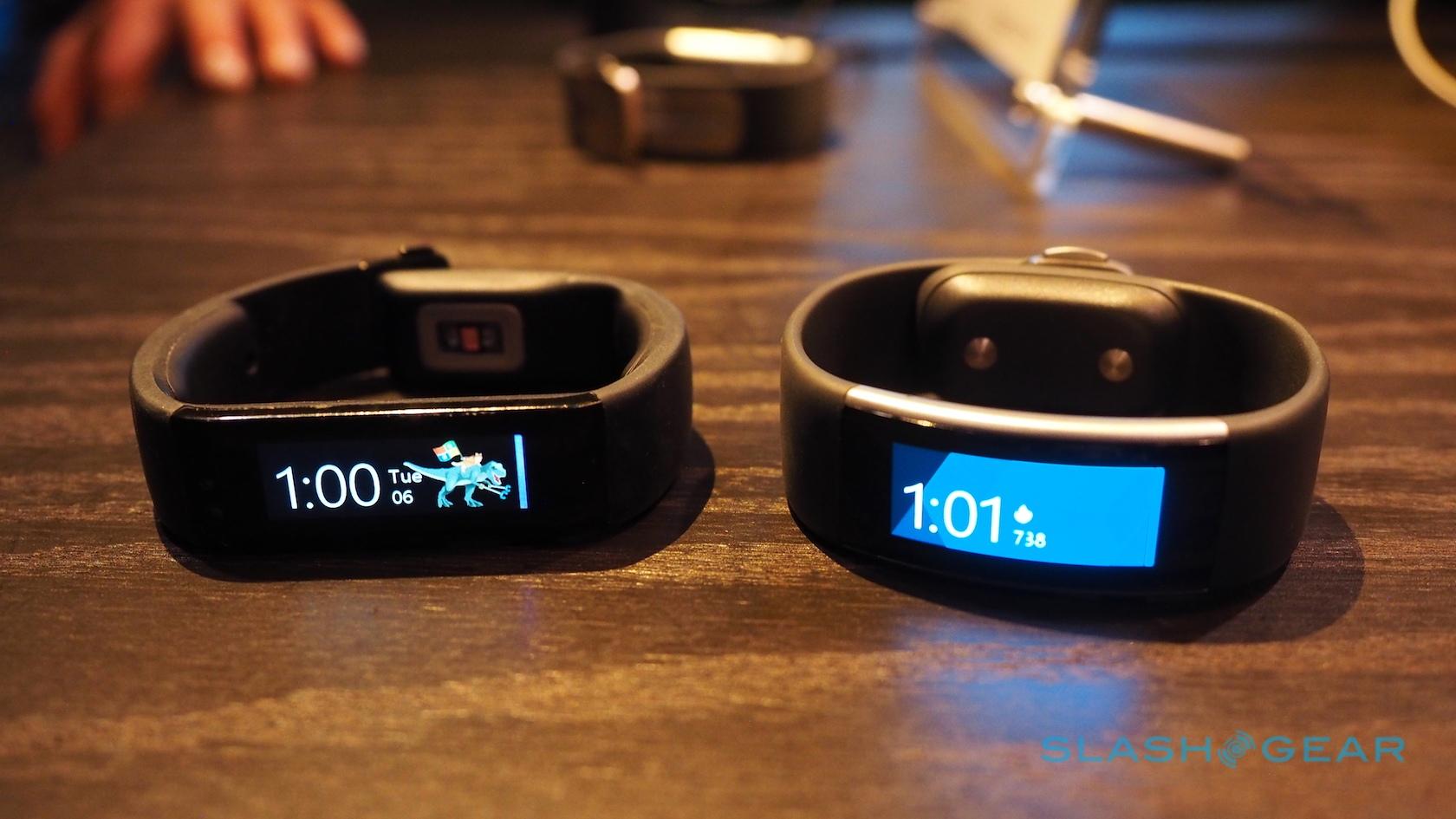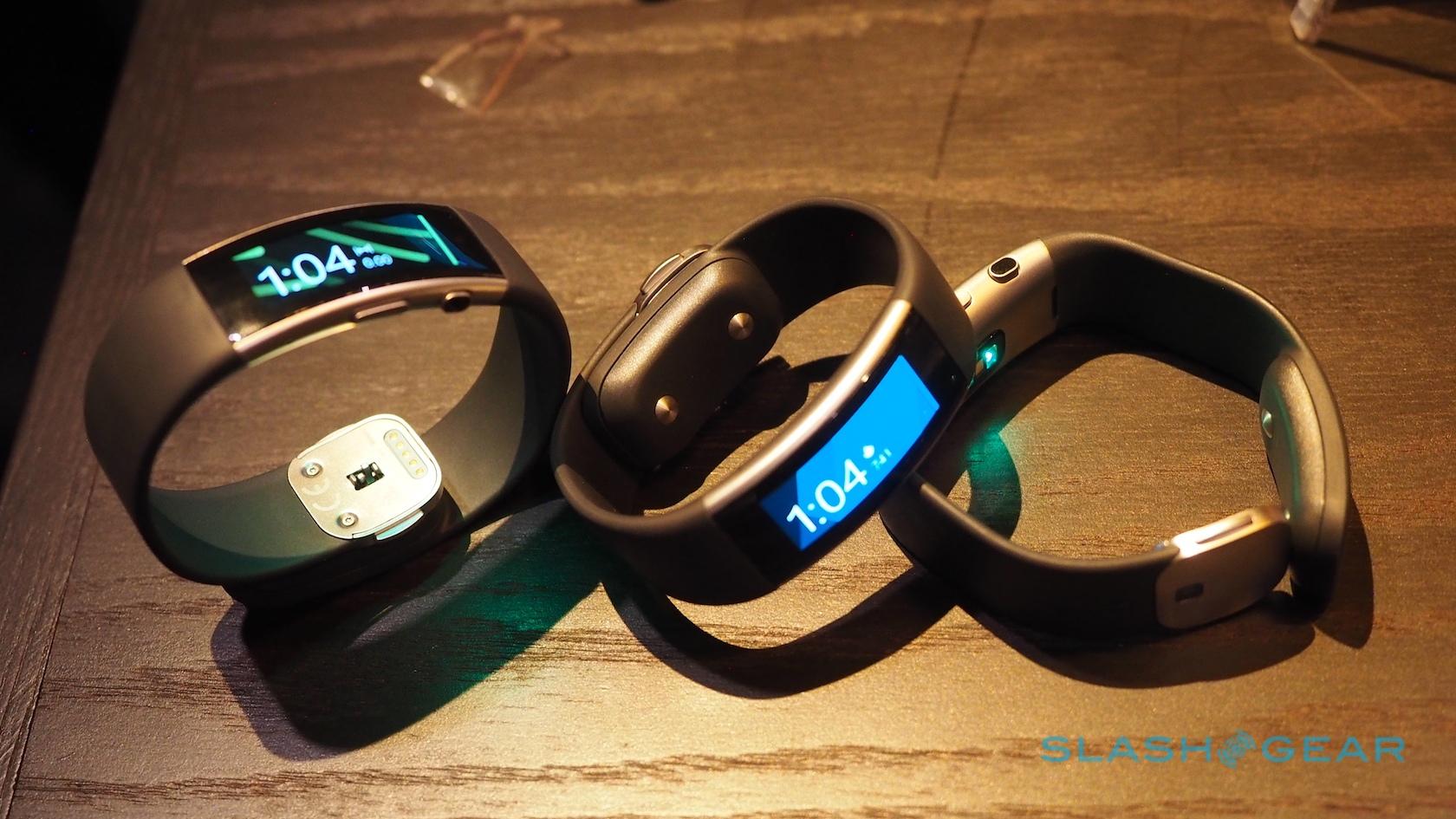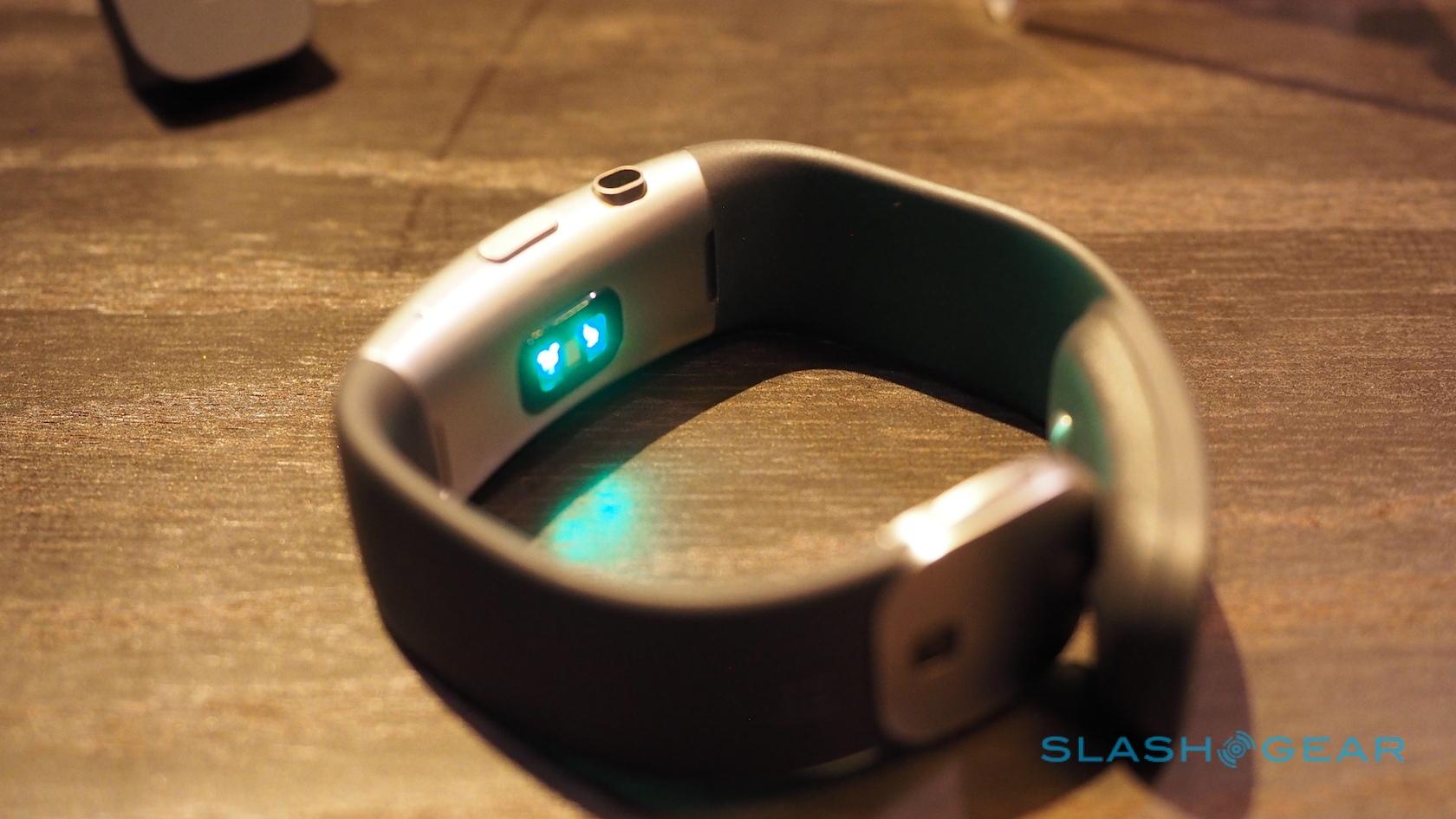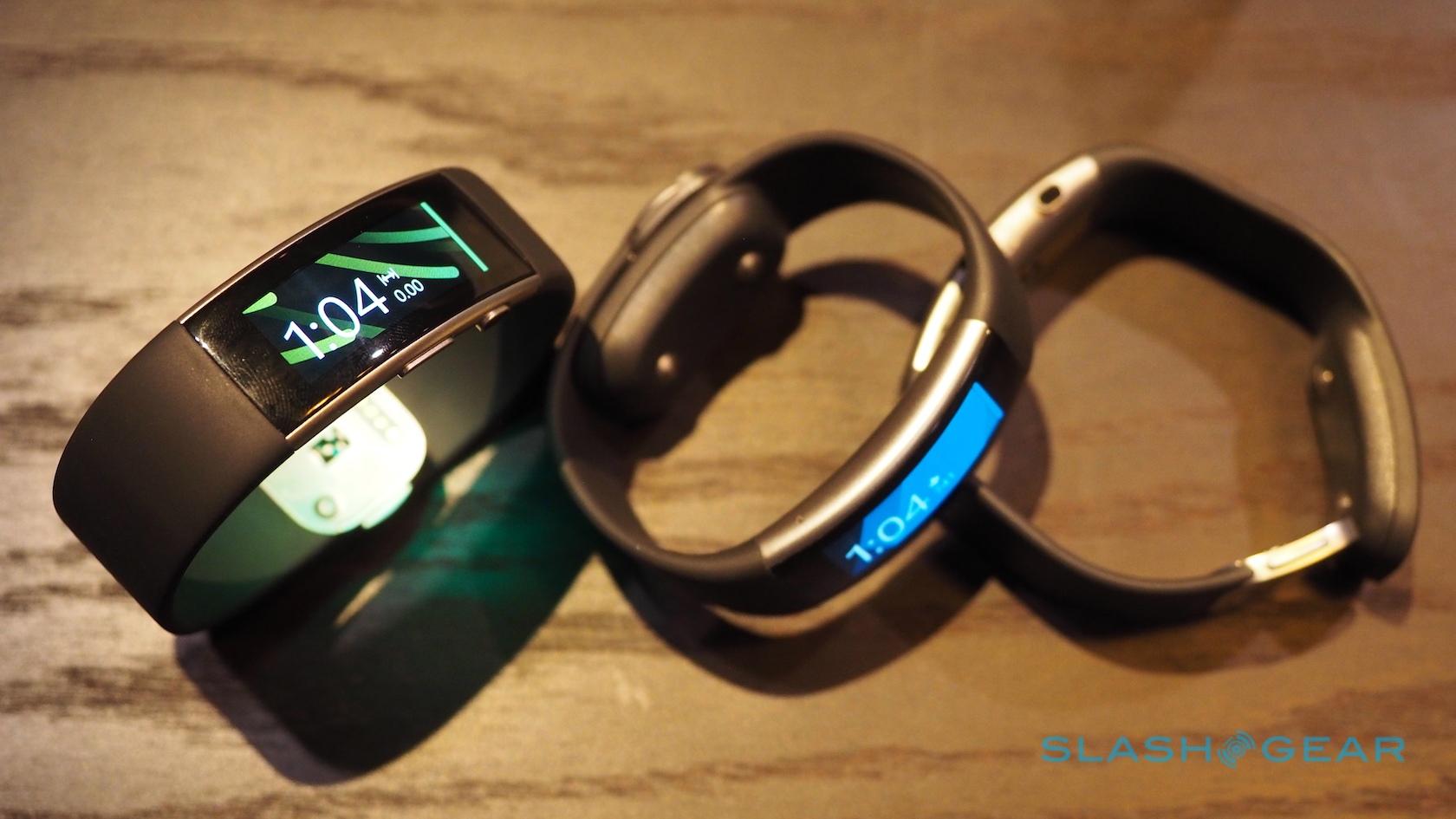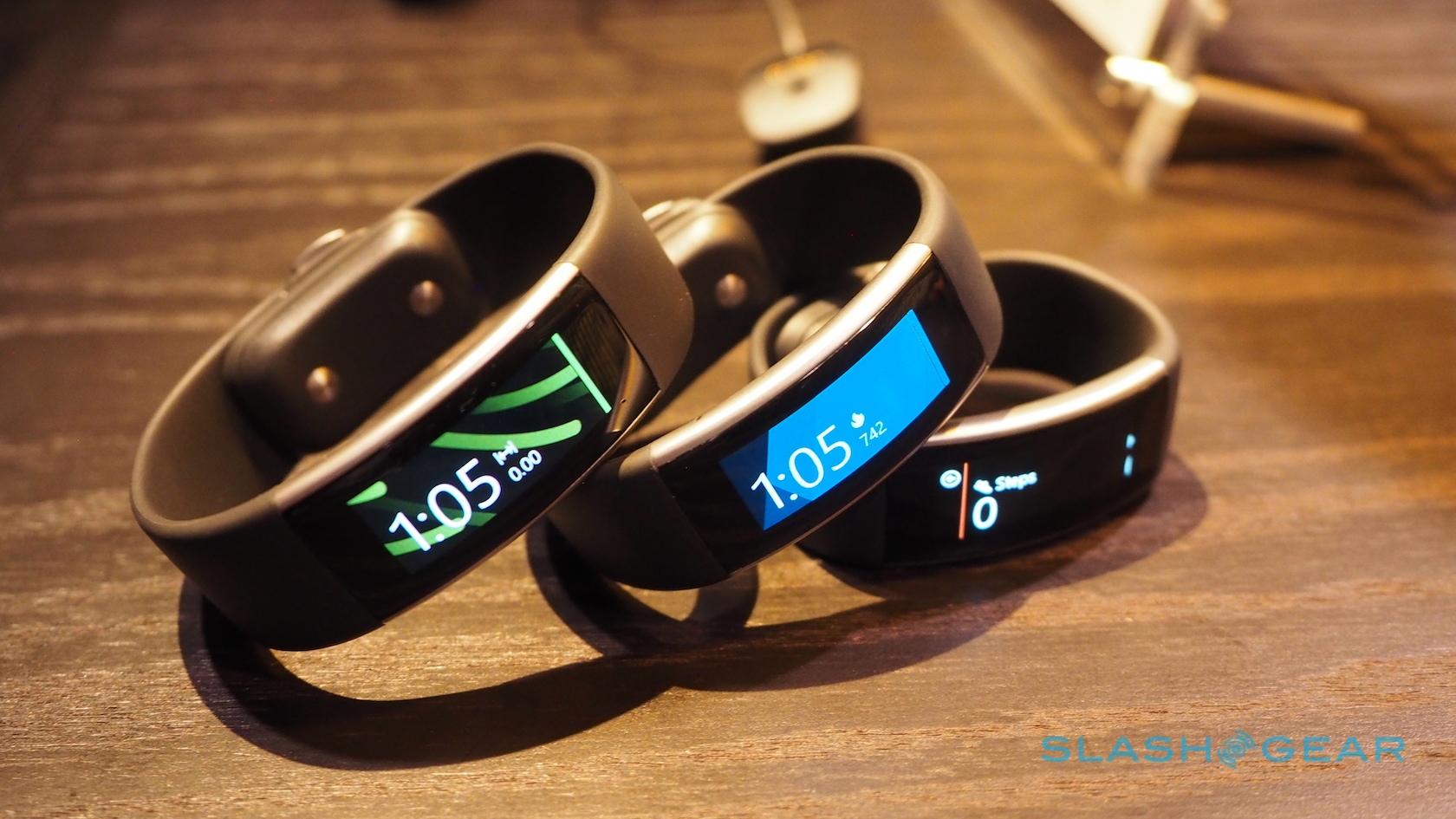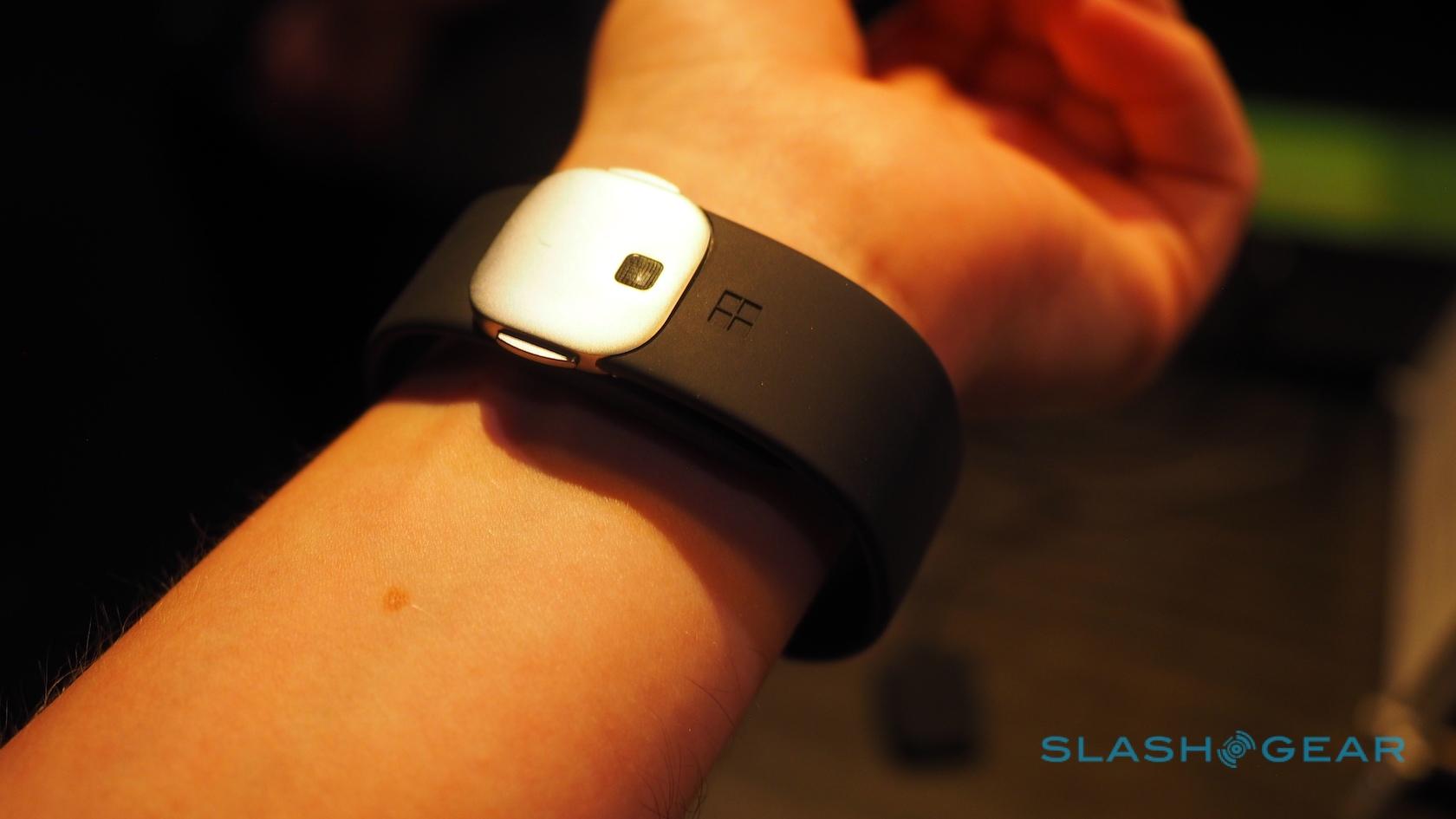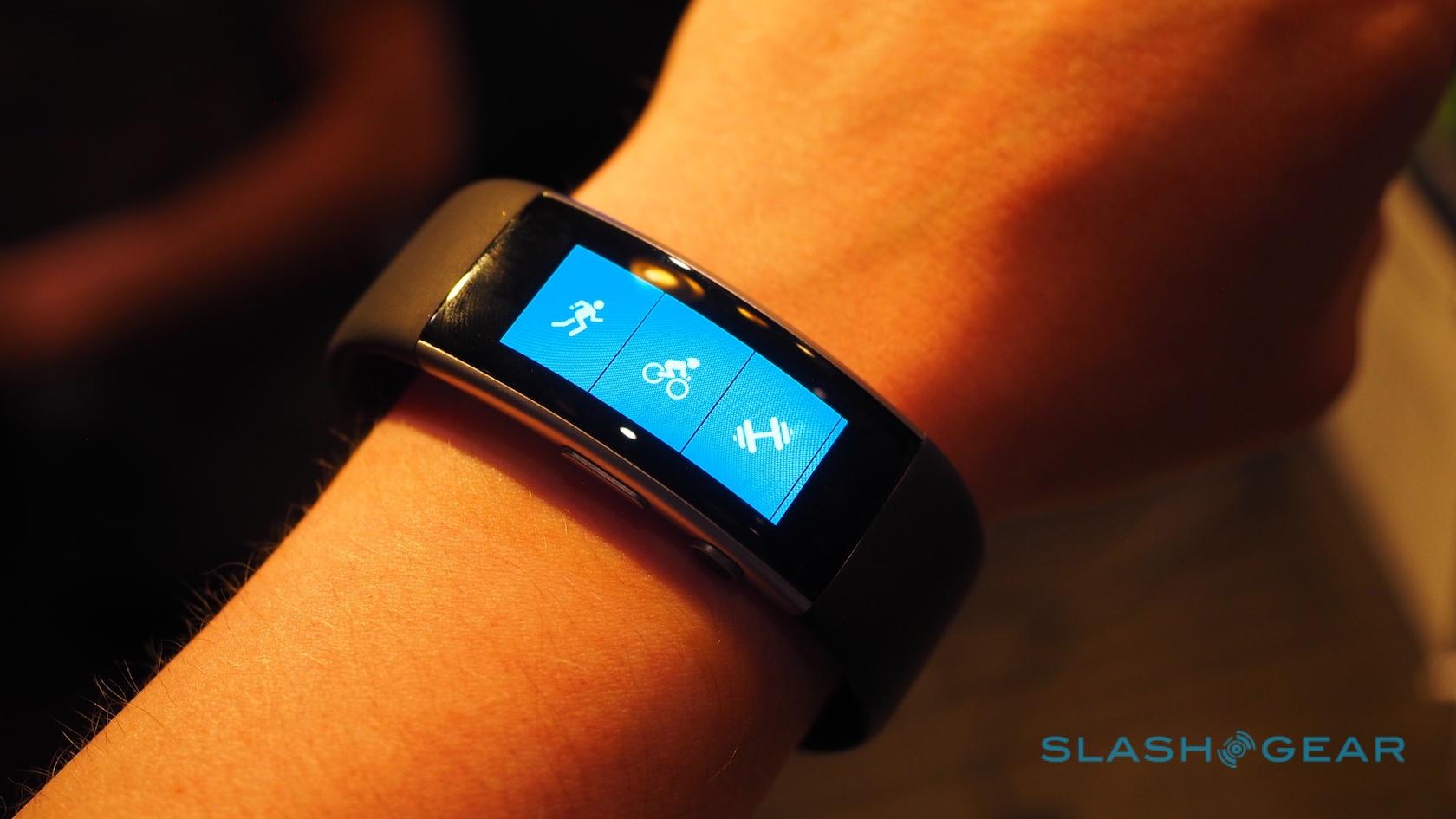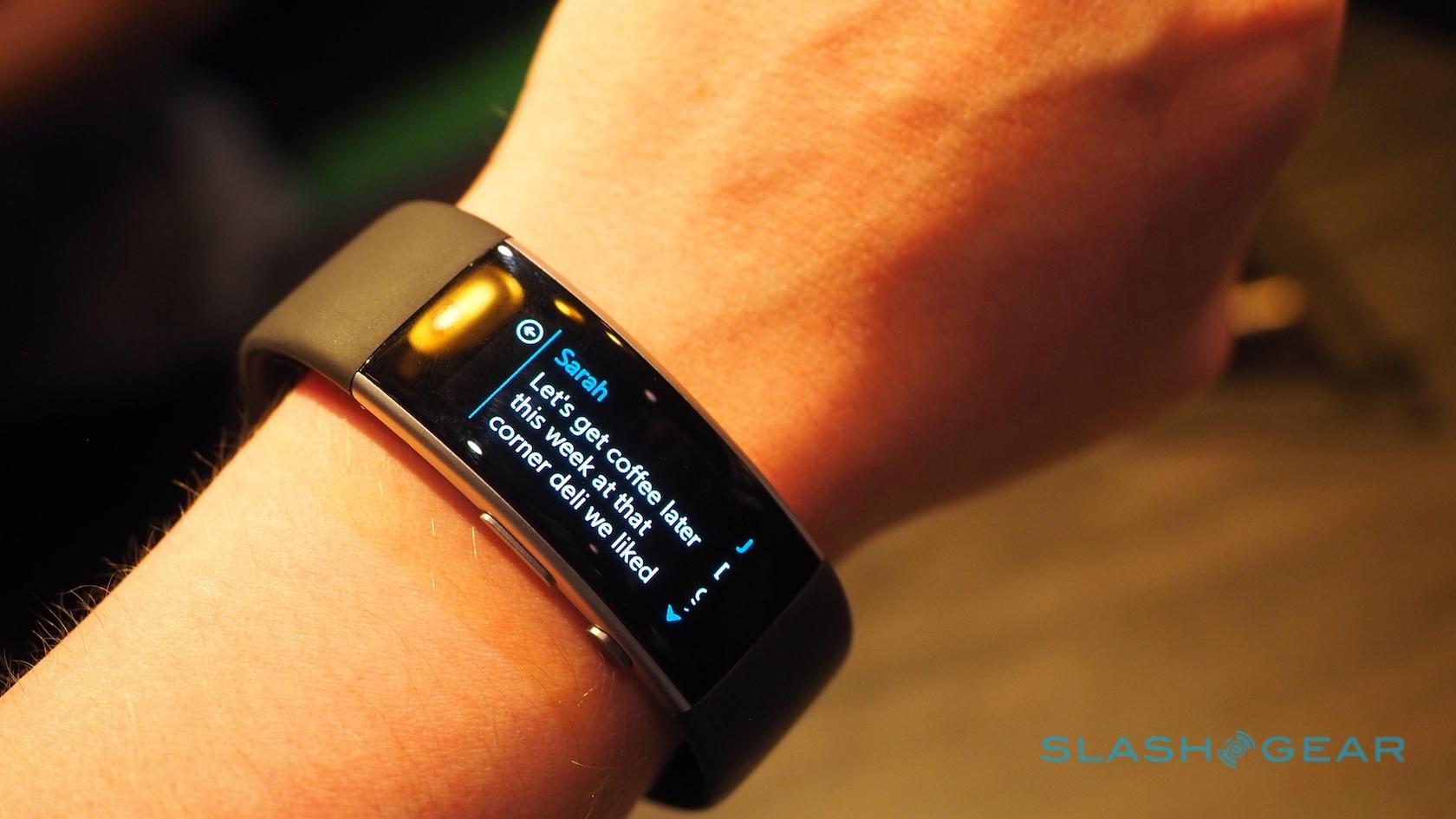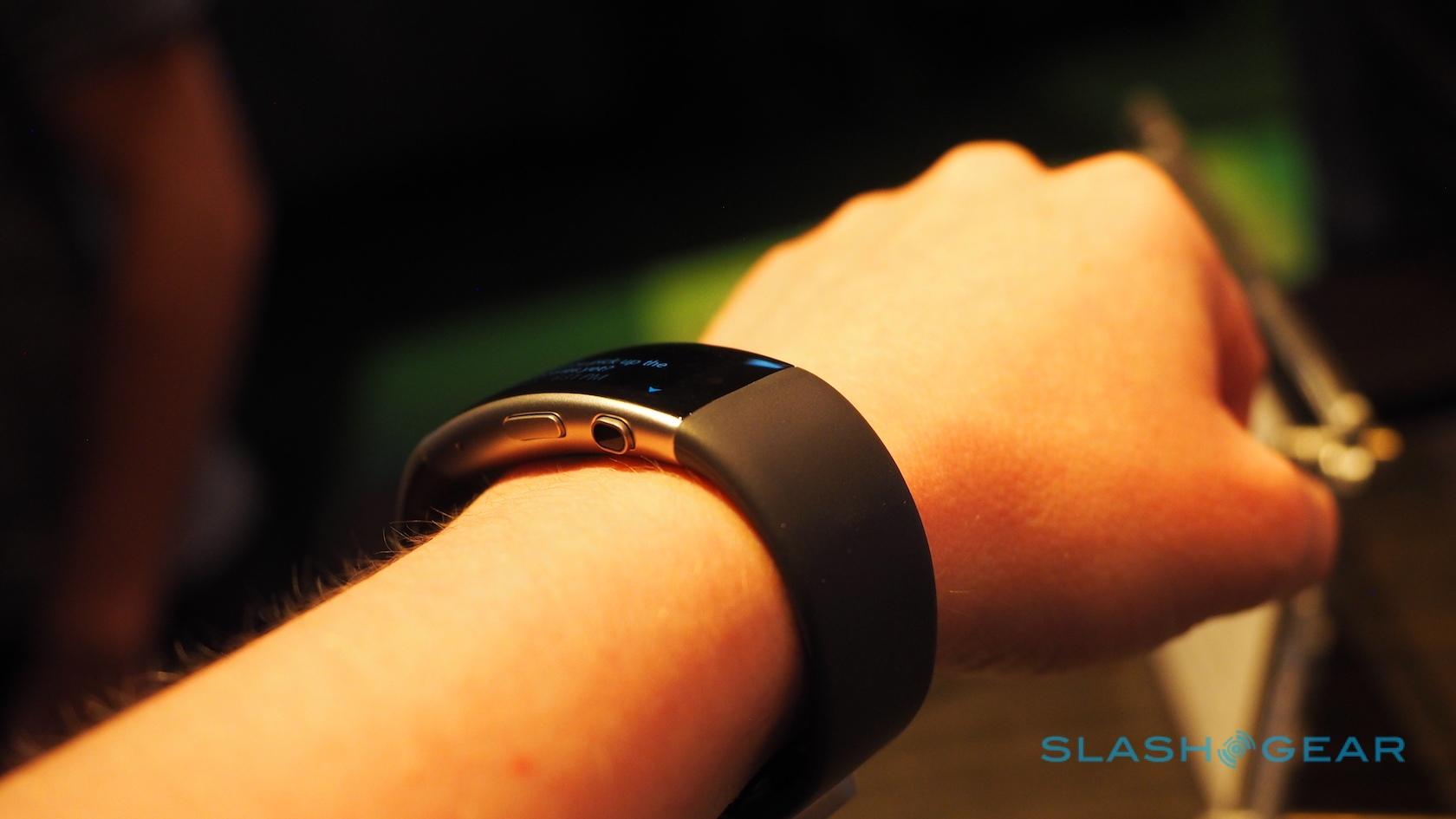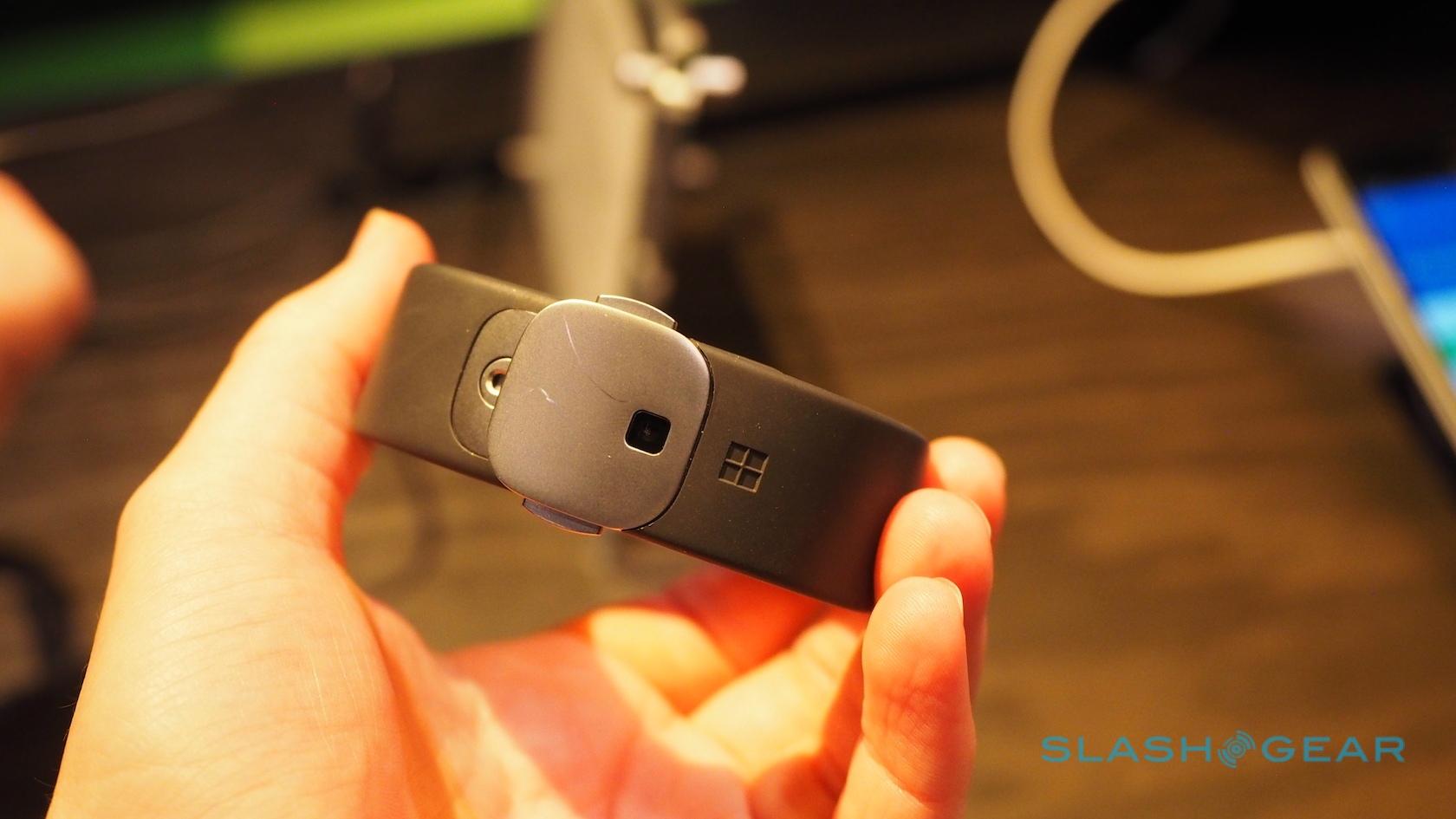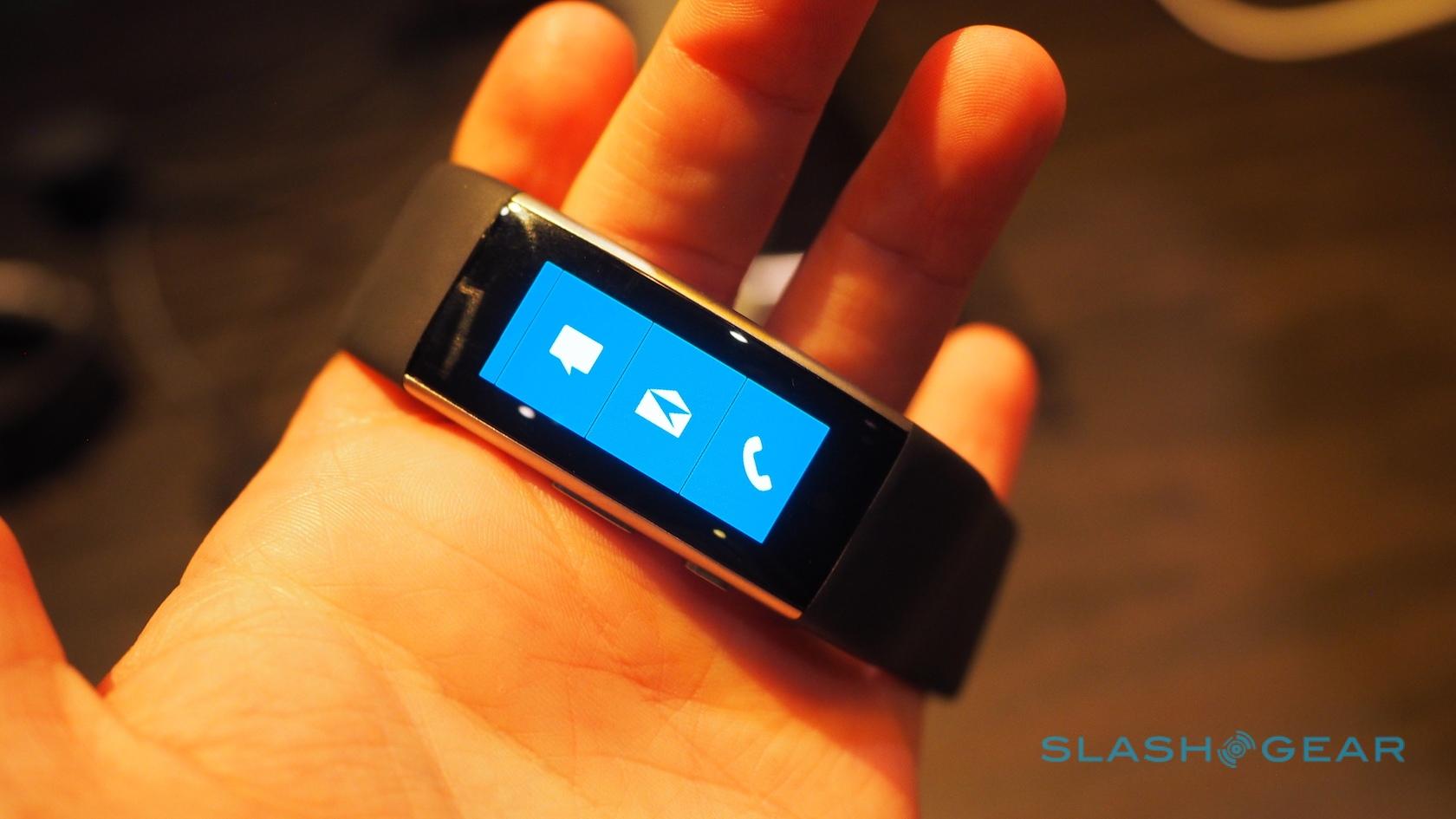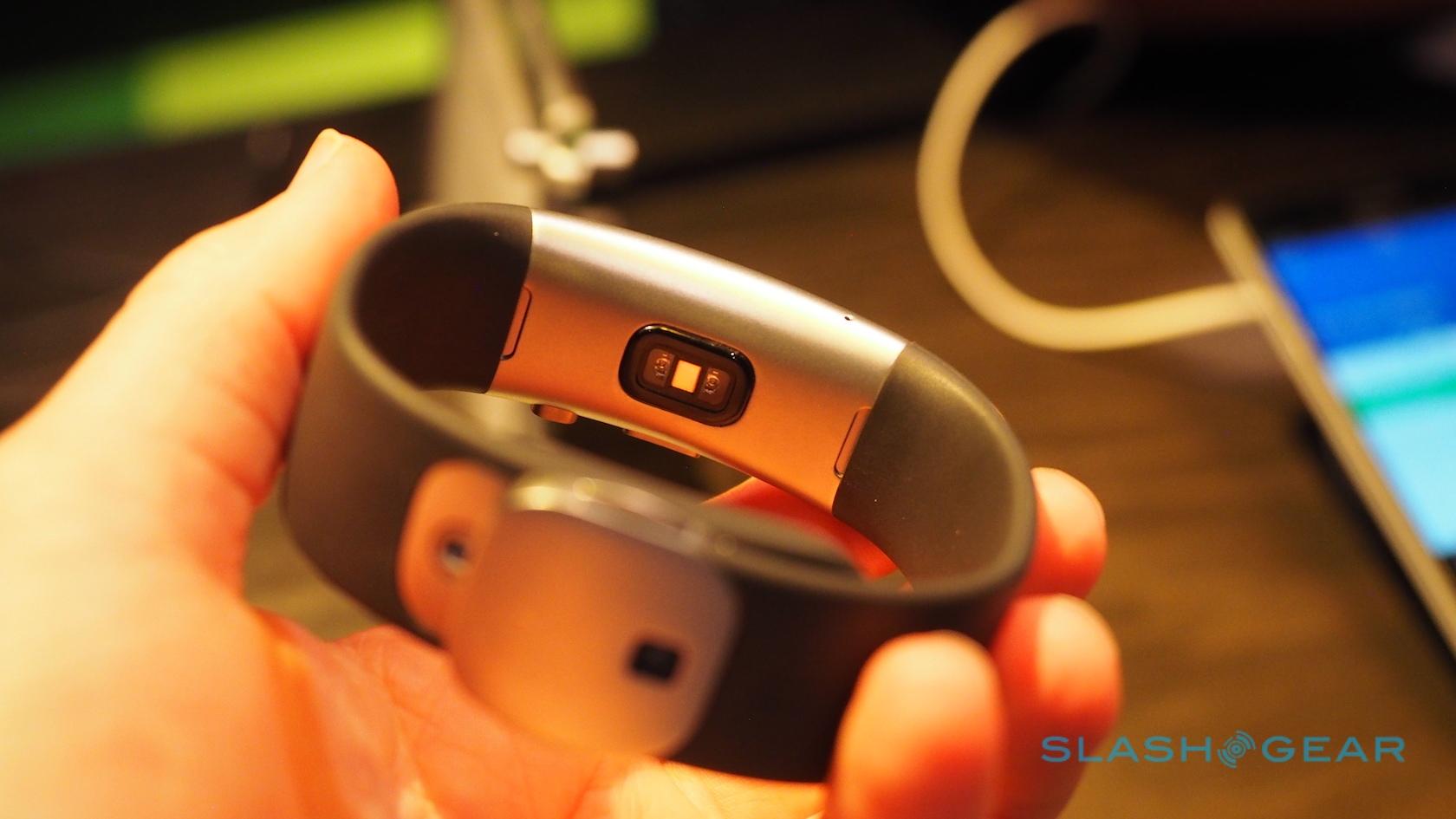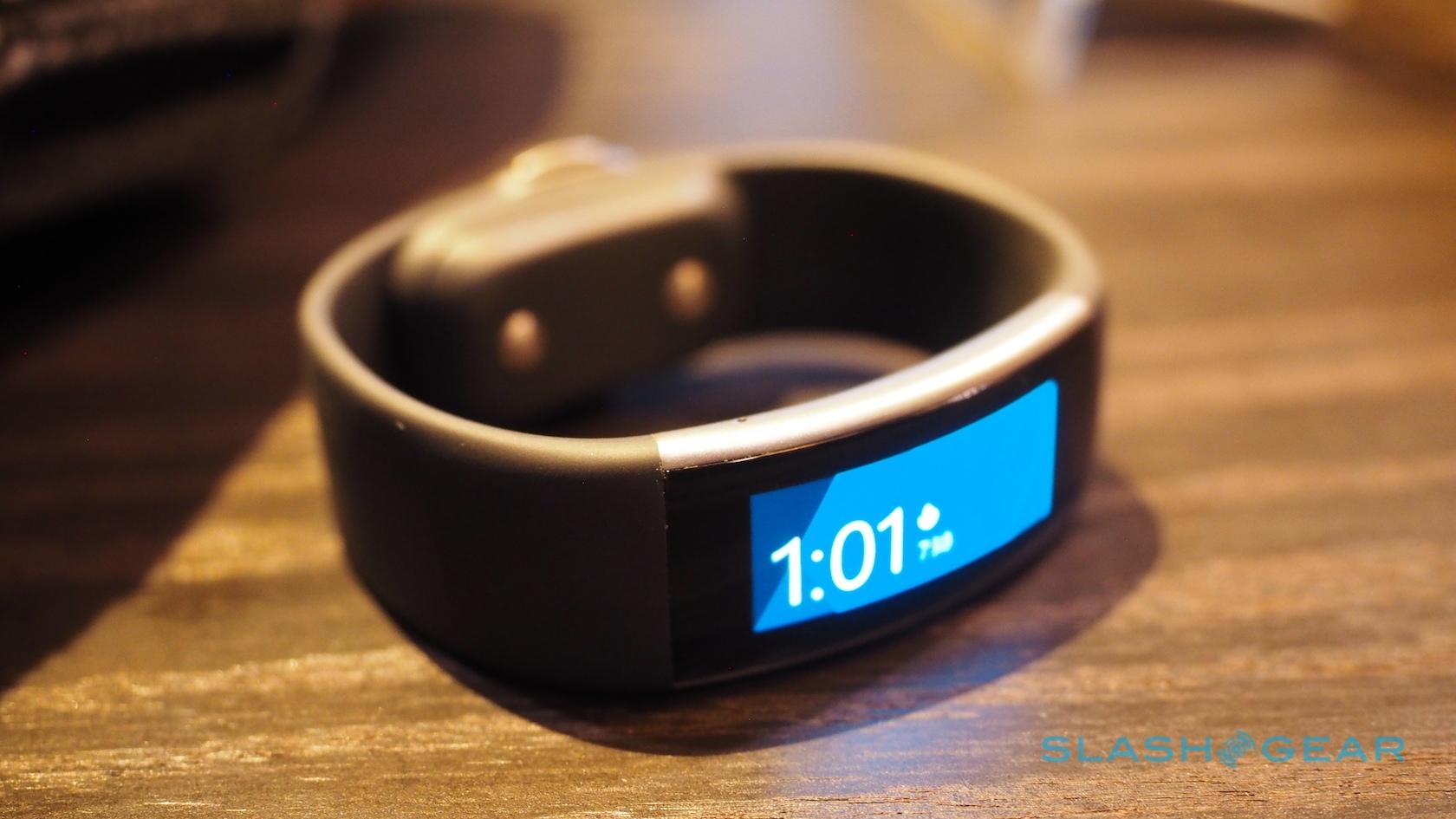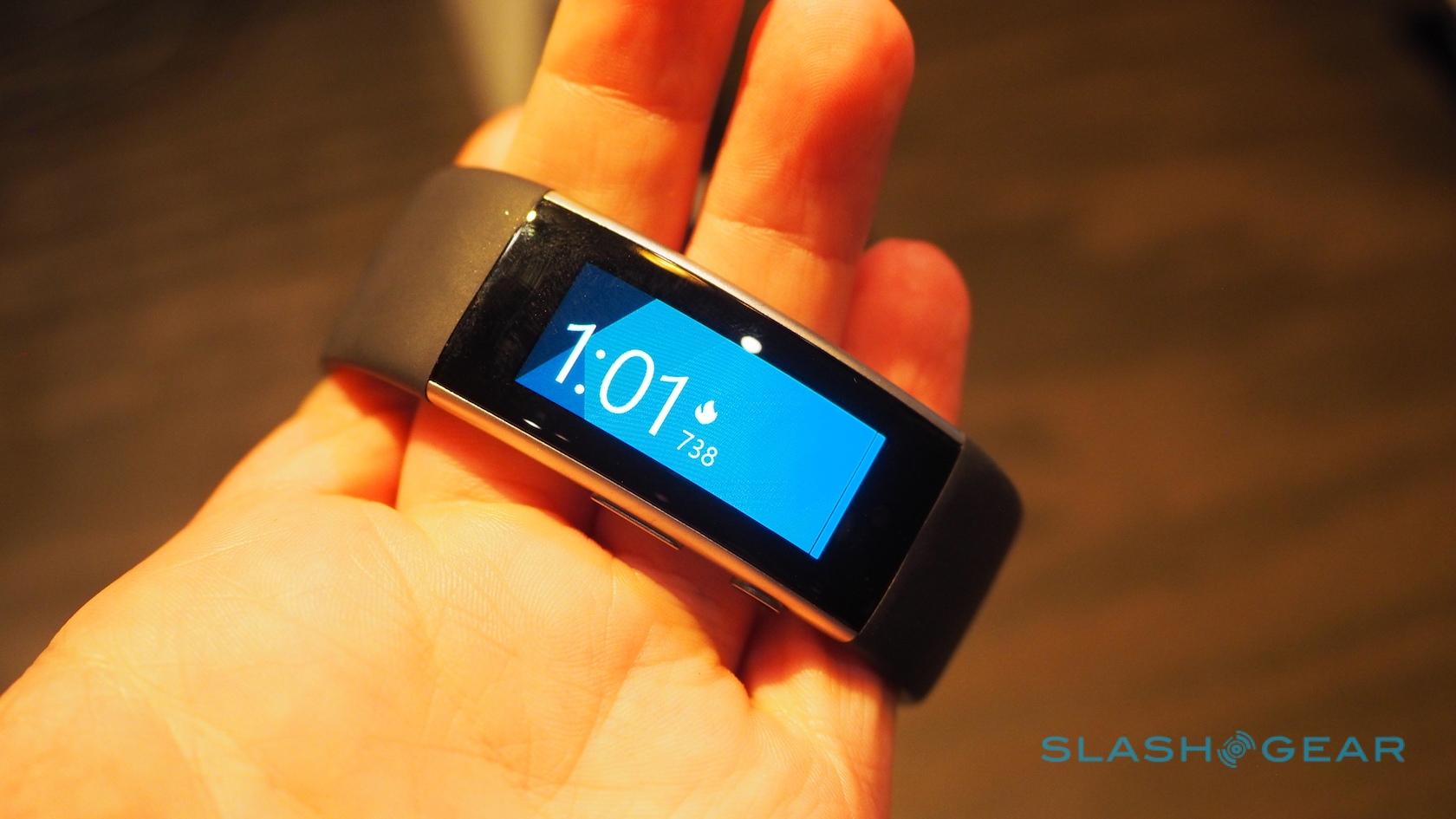A Superfan Tried To Convince Me Microsoft Band 2 Is A Winner
I probably shouldn't have been surprised to find a Microsoft Band fan at the company's big Windows 10 device launch, but the wearable has kept a low profile over the past twelve months. Launched to no small fanfare last October, the chunky fitness wearable proved polarizing: lovers praised its fitness routine tutorials and Cortana integration, while haters slammed its prototype-like looks and patchy biometric sensors.
The lady – one of Microsoft's special guests at the event which also saw the Surface Book and Surface Pro 4 revealed – eagerly poring over the new Band 2 clearly fell into the former camp.
Original Microsoft Band vs Band 2
I could certainly understand some of her enthusiasm. Compared to the original Band, the second-generation model is trimmer and less bulky on the wrist. It no longer feels as though Microsoft strung some batteries on a chord and then heat-shrink wrapped the whole thing before letting the designers take an early lunch.
That means the strap is more flexible, though the buckle mechanism is bulkier. If you don't like sporting a wrist-worn fitness tracker on your wrist while you type – as I struggle to do – you're probably going to want to take Band 2 off before you even think about flipping open your laptop.
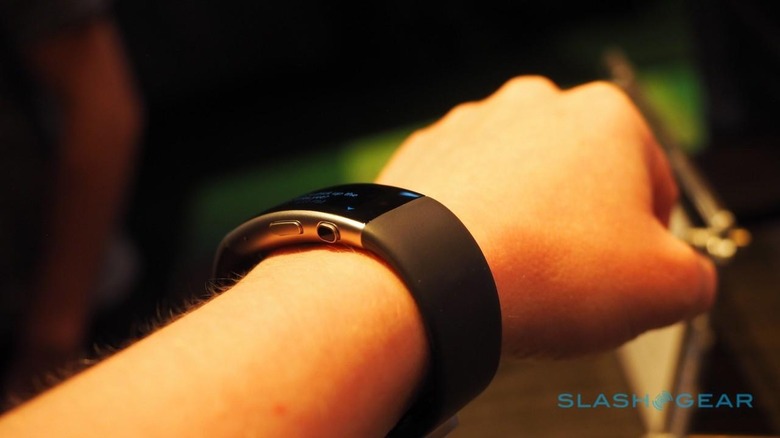
The rest of your day shouldn't be so inconvenient, though. The new, curved display – with its similarly-curved Gorilla Glass 3 protection – doesn't show any more information than its flat predecessor, but it contours to the arm more discretely.
Of course, the heft always had an advantage over rival wearables, and that's the number of sensors Microsoft squeezed inside. Now the count is up to eleven, with a new barometer the headline addition.
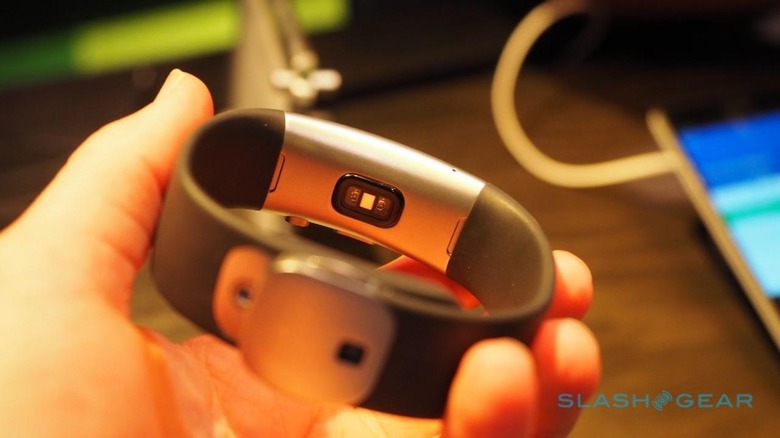
I didn't expect a barometer to be all that exciting, but the enthusiastic whoop during the presentation suggests I underestimated enthusiasts of barometric pressure.
It adds the ability to track altitude, which should not only be handy if you're in the habit of running up and down mountains, but even if the only time you need a sherpa is climbing a flight of stairs.
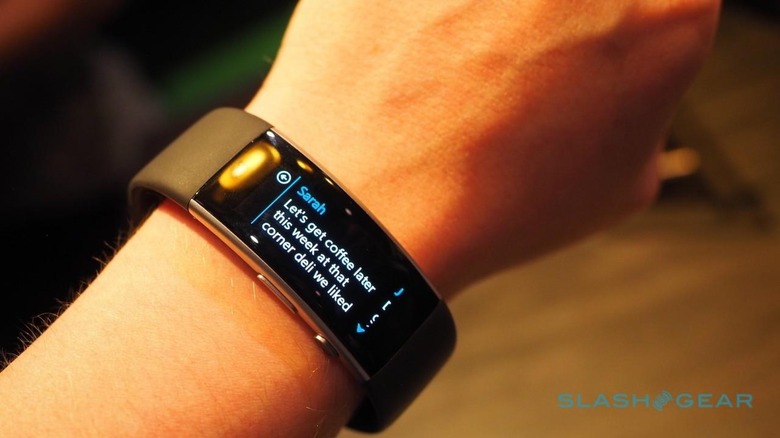
Meanwhile, there's standalone GPS, an optical heart rate sensor, gyrometer, ambient light, skin temperature, UV, capacitive, and galvanic skin response sensors, plus a 3-axis accelerometer.
A microphone allows you to chat with Cortana (though it's worth noting my impromptu Band fan was disappointed to hear that, unlike on Windows 10 laptops where Microsoft's virtual assistant is always listening, you still have to press a button on the Band 2 to get her attention).
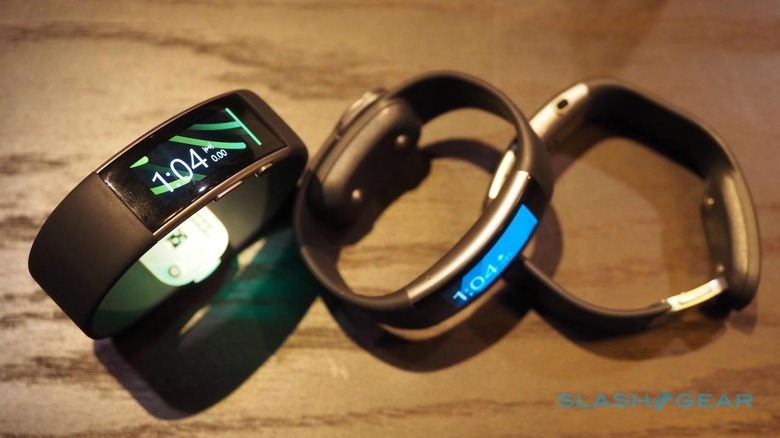
Still, there seemed little doubt that my new Band-loving friend would be picking up the $249 second-generation version. For someone wedded to the Band's database of fitness routines and plentiful metric-capture, I can certainly understand the appeal of all that packed into a less obstinate casing.
For everyone else, though, I'm a little less certain about Band 2's success. Certainly some of Microsoft's arguments remain compelling: having all that tracking take place, even when your phone is at home.
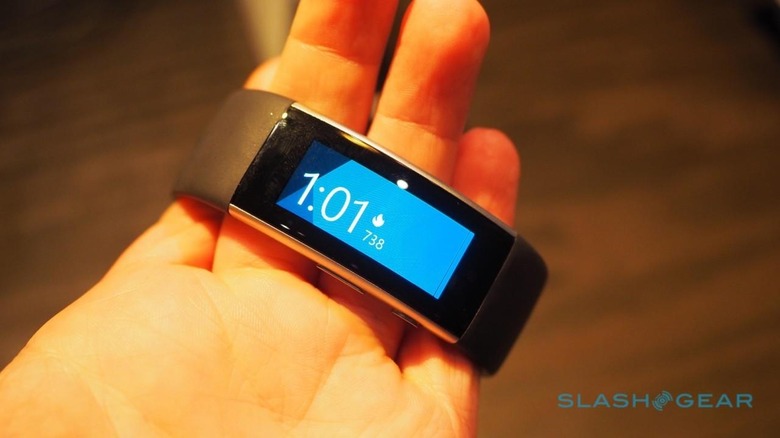
Whether that's a use case more than a minority of people experience remains to be seen, though, and though it's certainly less of a wrist monster than before, the Band 2 still lacks the svelte appeal – or, indeed, the breadth of functionality – of an Apple Watch or recent Android Wear device.

